Gentrification has reshaped many historically Black, Latinx, and immigrant communities, often driving out long-time residents and erasing cultural landmarks. However, some neighborhoods are fighting back, finding ways to preserve their heritage while adapting to change. Whether through community activism, historic preservation efforts, or local policies that protect homeowners and small businesses, these areas continue to celebrate their roots. Here are five neighborhoods across the U.S. that are successfully holding onto their cultural identities amid rapid gentrification.
1. Harlem, New York – A Cultural Beacon of Black Excellence
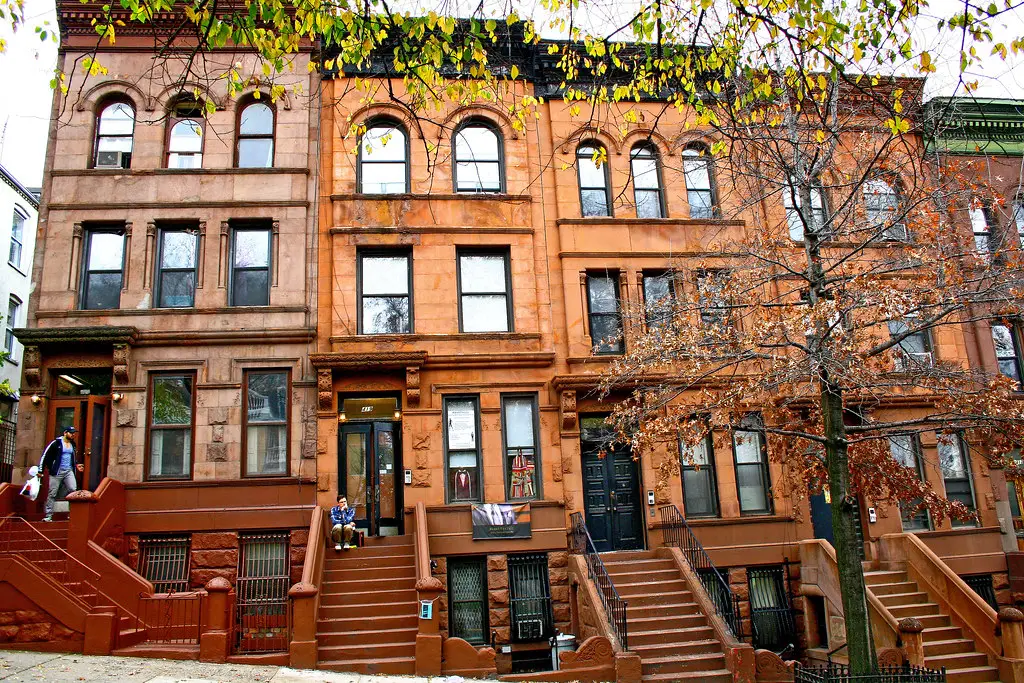
Harlem has long been a cornerstone of Black culture, known for its historic role in the Harlem Renaissance, jazz clubs, and activism. While rising property values and an influx of wealthier newcomers have changed parts of the neighborhood, community leaders and longtime residents are pushing back. Local organizations like Harlem Preservation Foundation work to protect historic buildings and prevent displacement through tenant advocacy. The Apollo Theater, Sylvia’s Restaurant, and the Schomburg Center for Research in Black Culture continue to anchor Harlem’s cultural legacy, ensuring its Black heritage remains prominent.
Additionally, initiatives like the “Harlem EatUp!” festival showcase Black-owned restaurants and businesses, strengthening the local economy. Affordable housing programs and rent control policies also help keep Harlem accessible to its longtime residents. Churches and community centers play a major role in preserving traditions and providing resources to those affected by gentrification. The spirit of activism remains strong in Harlem, with protests and policy pushes aimed at protecting its identity. Despite the pressure of gentrification, Harlem remains a cultural epicenter where Black history and artistry thrive.
2. Little Haiti, Miami – Keeping Haitian Heritage Alive
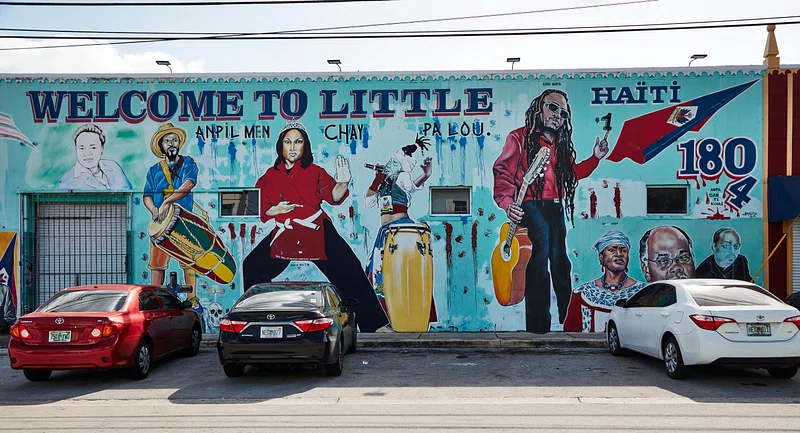
Miami’s Little Haiti is a vibrant hub of Haitian culture, filled with Creole-speaking businesses, art galleries, and community centers. However, as developers eye the neighborhood for luxury condos and commercial projects, many long-term residents fear displacement. To combat this, organizations like the Little Haiti Cultural Complex and the Haitian American Community Development Corporation work tirelessly to protect the area’s cultural identity. Murals and street art depicting Haitian history and folklore reinforce the neighborhood’s deep connection to its roots. Local businesses like Naomi’s Garden Restaurant & Lounge continue serving traditional Haitian cuisine, keeping culinary traditions alive.
Meanwhile, residents have successfully lobbied for zoning protections and affordable housing measures that slow down the encroachment of gentrification. Annual events like the Haitian Compas Festival bring together musicians and artists to celebrate their heritage, fostering a strong sense of community pride. Real estate developers are now required to acknowledge Little Haiti’s cultural contributions in new projects, a small but significant win for preservation efforts. Despite the pressures of urban development, Little Haiti’s strong community activism ensures that Haitian culture remains at the heart of the neighborhood.
3. Boyle Heights, Los Angeles – A Stronghold of Latinx Resistance
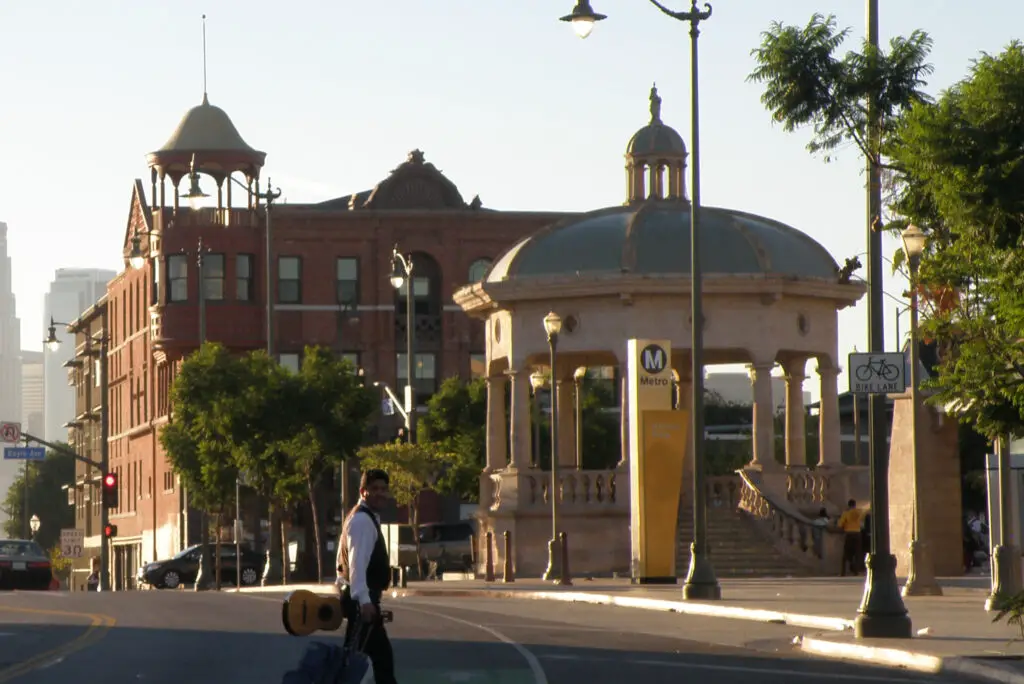
Boyle Heights has been a historically Latinx neighborhood for decades, known for its rich Mexican-American heritage, street vendors, and community activism. As developers attempt to transform the area into an arts district, residents have fought back against displacement through protests, policy advocacy, and local business support. Organizations like Defend Boyle Heights have led demonstrations against luxury developments that threaten affordability and push out small businesses. Murals showcasing Chicano history and social justice movements remind newcomers of the neighborhood’s deep cultural roots.
Community land trusts have also emerged as a way to maintain affordability, keeping properties in the hands of local residents rather than outside investors. The Mariachi Plaza, a gathering place for traditional mariachi musicians, remains a symbol of Boyle Heights’ cultural pride. Street vendors selling tamales, elote, and tacos continue to thrive, despite increasing regulations. Latinx-owned cafes, bookstores, and art galleries provide spaces for cultural expression while resisting commercial homogenization. By prioritizing local voices in urban planning, Boyle Heights remains one of the most resilient neighborhoods in the fight against gentrification.
4. Bronzeville, Chicago – Revitalization Without Erasure
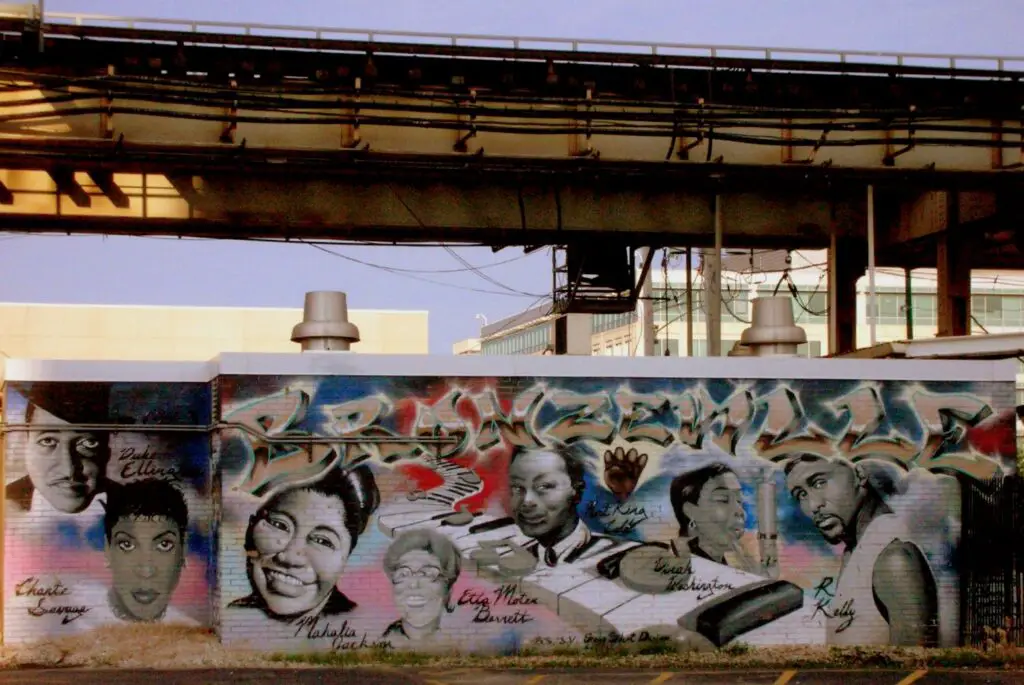
Bronzeville, once known as Chicago’s “Black Metropolis,” has a rich history of Black entrepreneurship, music, and intellectualism. In recent years, the neighborhood has seen increased investment and redevelopment, but community-led efforts ensure that its cultural legacy remains intact. The Bronzeville Historical Society works to preserve landmarks like the Pilgrim Baptist Church, the birthplace of gospel music, and the historic Overton Hygienic Building, a former Black-owned business hub. Local initiatives promote homeownership among Black residents, preventing large-scale displacement by outside investors.
Art and culture remain central to Bronzeville’s identity, with murals and public art installations celebrating Black icons like Ida B. Wells and Gwendolyn Brooks. The revival of jazz clubs and theaters has brought renewed interest to the area while maintaining its artistic roots. Black-owned businesses, from soul food restaurants to bookstores, continue to thrive due to strong local support. The neighborhood also benefits from programs aimed at increasing economic opportunities for Black entrepreneurs. Bronzeville’s ability to evolve while honoring its past serves as a model for sustainable urban revitalization.
5. The Fillmore, San Francisco – A Struggle to Restore the “Harlem of the West”
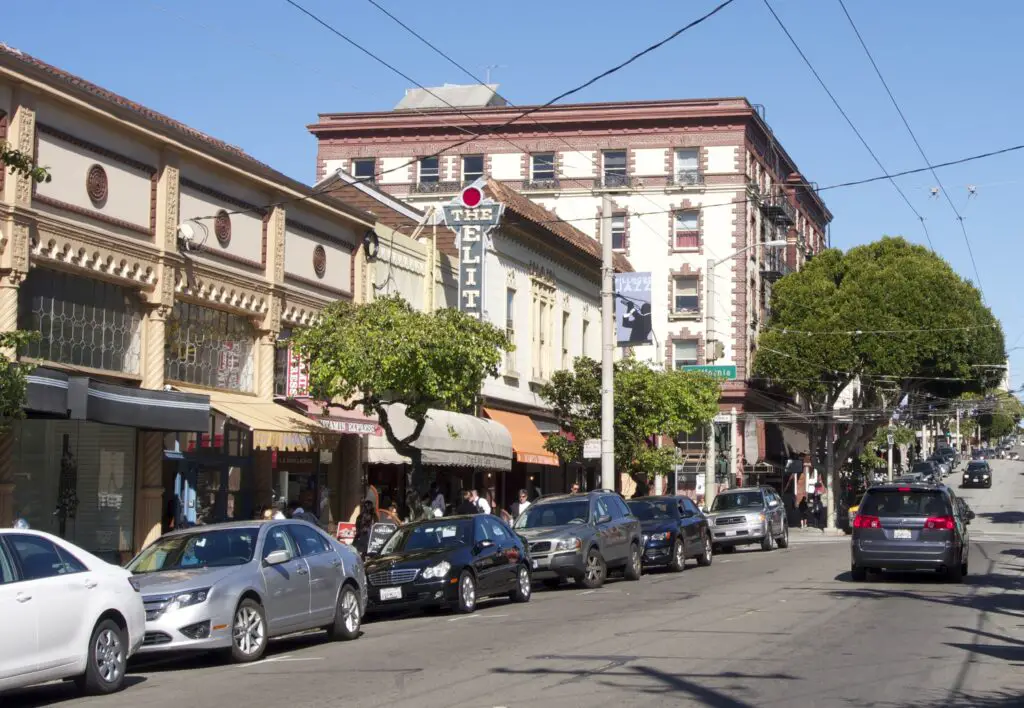
Once a thriving center of Black culture and jazz music, San Francisco’s Fillmore District has experienced decades of displacement due to urban renewal policies and rising real estate prices. However, local efforts are underway to restore the neighborhood’s identity and prevent further gentrification. The African American Art & Culture Complex provides a space for Black artists, musicians, and historians to keep the Fillmore’s cultural legacy alive. Community organizations like The Fillmore Heritage Center aim to restore historical landmarks and support Black-owned businesses.
Annual events, such as the Fillmore Jazz Festival, draw attention to the neighborhood’s musical heritage. Longtime residents advocate for policy changes that would provide affordable housing and economic support for displaced families looking to return. Black-led real estate cooperatives work to reclaim commercial spaces for minority entrepreneurs. Though the Fillmore has faced significant challenges, its resilient community continues to push back against cultural erasure. With ongoing activism and support for local initiatives, there’s hope that the Fillmore can once again be a thriving center of Black culture and history.
